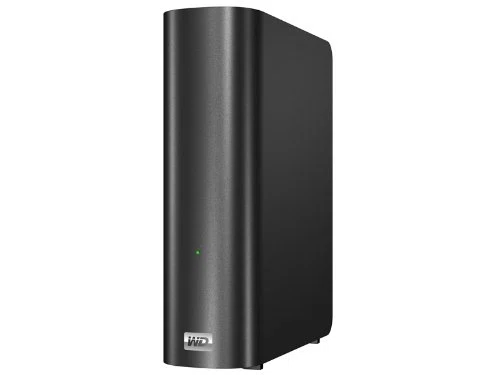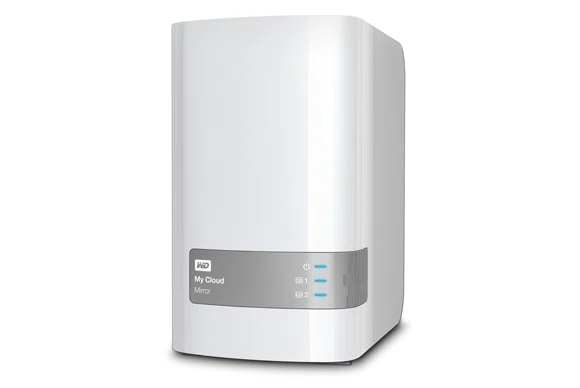Just 10 years ago, the expression of “storing your data on the cloud” would have been met with laughter and ridicule, but looking at the current state of affairs, the cloud has arrived and is here to stay.
Of course, we’re not talking about real clouds. We’re talking about cloud storage.
What is cloud storage?
At its core, cloud storage is any data that is stored on an Internet-connected platform. In this sense, that Word document that you keep in the “Drafts” folder of your email account may be considered as a form of cloud storage because it remains accessible from any Internet-connected device.
Generally speaking, however, cloud storage is used to refer to a number of platforms that allow you to store a significant amount of data online. Individuals who want stronger safeguards to prevent data loss may back up their files using cloud storage services, and businesses that need to share a large volume of content may prefer to use a storage service, instead of their own servers.
In recent years, cloud storage has become a mainstay of smartphones, with services like iCloud on iPhones and Google Drive on Android devices letting users upload pictures and other content to the cloud for safekeeping and later retrieval.
What is the best cloud storage option for me?
As with most things, the right cloud storage option depends on your needs. If the brunt of your computing is limited to basic tasks, then you might be better off with a free service as opposed to someone who needs to share large amounts of data with hundreds of people.
We’ve broken down our recommendations for you based on three user types:
-
Light Data Users
-
Moderate Data Users
-
Heavy Data Users
Light

Your storage needs cover everything from Word files, PDFs, to Excel files and storing pictures from your phone. You seldom run out of space on your phone and find that the biggest files you share with your friends and peers don’t exceed 25MB. A free cloud storage service is ideal for you.
Here’s a brief rundown of the free options available for light data storage needs.
Google Drive (15GB for free)
If you already use Gmail, then you’re probably aware of the bundled Google Drive account that comes with it. In addition to allowing you to use up to 5GB of free storage, Google Drive lets you easily share files and folders with both your fellow Gmail users as well as those who have an email account from a different email provider such as Yahoo or AOL. The Google Drive mobile app also lets you automatically upload pictures and video from your phone to your account, making data backup as easy as possible.
**Microsoft OneDrive** (15GB for free)
Matching Google’s offerings, Microsoft gives users 15GB of storage on their OneDrive cloud storage service if you sign up with either an Xbox Live account or with an Outlook.com email address. Similar to Google Drive, you can freely share your data with non-OneDrive users, and the mobile app will also back up your content with minimal hassle.
**Dropbox** (2GB for free)
Dropbox is popular with users who enjoy the convenience of having a desktop folder that lets them seamlessly upload all kinds of data by simply dragging and dropping files into it. You can increase your free storage limit to over 16GB by referring friends and following DropBox on various social channels.
Apple iCloud (5GB for free)
If you own an Apple device, you’re probably familiar with the bundled iCloud application that lets you seamlessly back up your data. In addition to storing your data, iCloud syncs your calendar and text messages across all of your other Apple devices. Unlike Dropbox, OneDrive, and Google Drive, however, you won’t be able to use iCloud on a non-Apple device.
Box (10GB for free)
Box is a popular service mostly used by business professionals who need to simultaneously collaborate on multiple files as well as implement password protections for both folders and files. Because of the plethora of sharing and creation features that Box offers, many beginners may not find the interface as intuitive as the other free services, but despite this we feel it’s still a worthy contender.
Moderate

Your data needs are primarily focused on various types of multimedia, including photos, audio, and video. You take dozens of pictures a day, and you like the idea of keeping a backup of all your creations on the cloud. A paid cloud storage service is ideal for you.
**Dropbox** ($100/year for 1TB of storage)
Dropbox offers a terabyte of data for either $10 a month, or $100 a year, which is enough to store roughly 100,000 pictures, or 20 full-capacity Blu-ray discs. The benefit of using Dropbox is having a synced folder that automatically backs up photo and video projects, so you don’t have to worry about losing your data due to a failed hard drive. Dropbox is currently the most compatible cloud storage service with apps on every major mobile platform and operating system.
**Google Drive** ($10 to $100/month for 1TB to 10TB)
If your data needs fluctuate over time, you may consider Google Drive as your best bet for storing big volumes of data. Currently, Google offers monthly plans that go from 1TB to 30TB, giving you a lot of flexibility in terms of choosing the right amount of storage capacity. You’ll also get to enjoy the powerful sharing features that are built-in to Google’s ecosystem.
**Amazon Cloud Drive** ($60/year for unlimited storage)
Upping the ante on data storage, Amazon’s Cloud Drive lets you store as much audio, video, and documents as you want for $60 a year, making it the all-around best value option for those whose data needs exceed the Terabyte mark. Unlike other cloud storage providers, however, Amazon does not have a dedicated desktop sync software, meaning you’ll have to manually select and upload your files to Amazon’s servers.
Heavy

You routinely manage heavy quantities of data, which include both productivity data types like Word and Excel documents as well as big multimedia files like videos and photos. You need constant access to your data, and you don’t want to just rely on the servers of your cloud storage providers but also want the guarantee that your data will always be available in case of an outage. We recommend a combination of a paid cloud storage service (choose from above) as well as setting up your personal cloud.
Below you’ll find a selection of decent personal cloud options for different data needs.
**WD My Book Live** ($112 to $193 for 1TB to 3TB)

This starter personal cloud gives you all the benefits of a cloud storage service, as well as bonus features like multimedia streaming, remote mobile access, as well as the ability to create recovery files for both Windows and OSX operating systems. The 1TB capacity should be enough for those who are interested in creating a redundant data storage solution, but if you think you may need more you’ll have the option of choosing either the 2TB or 3TB model.
**Western Digital WD My Cloud Mirror** ($272 to $699 for 1TB to 12TB)

If you’re looking for a truly robust personal cloud, then the Western Digital WD My Cloud Mirror is agreat contender. In addition to automatically backing up your data, it creates a duplicate of that data, which guarantees data recovery should one of the internal drives become corrupted.





